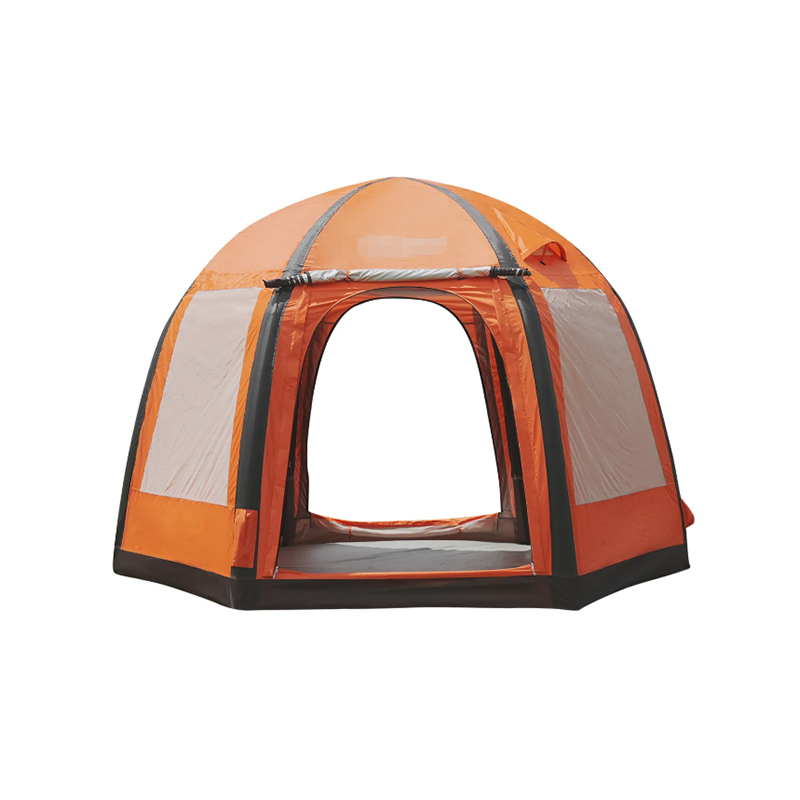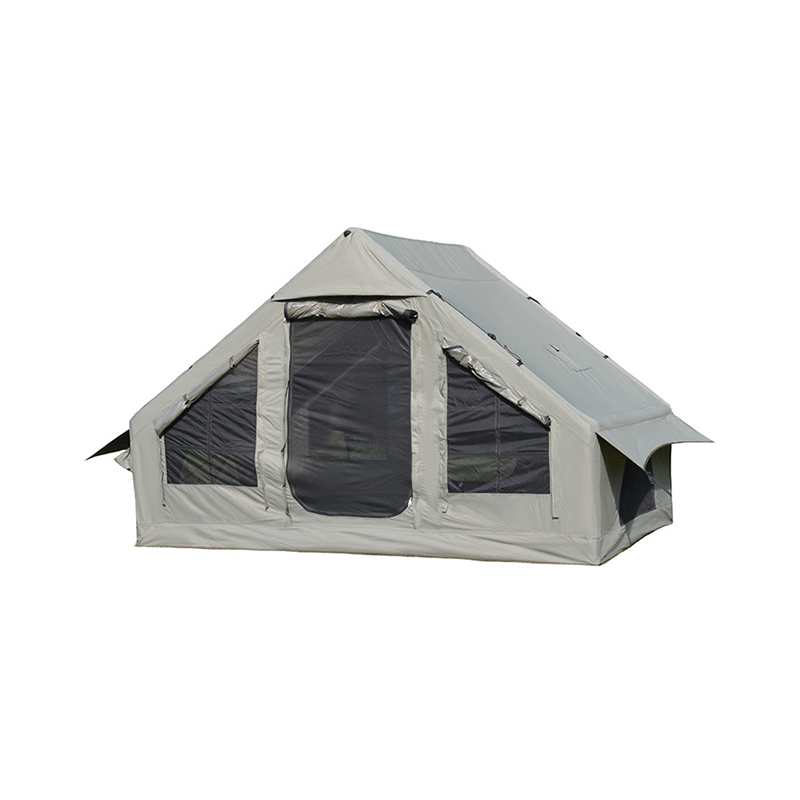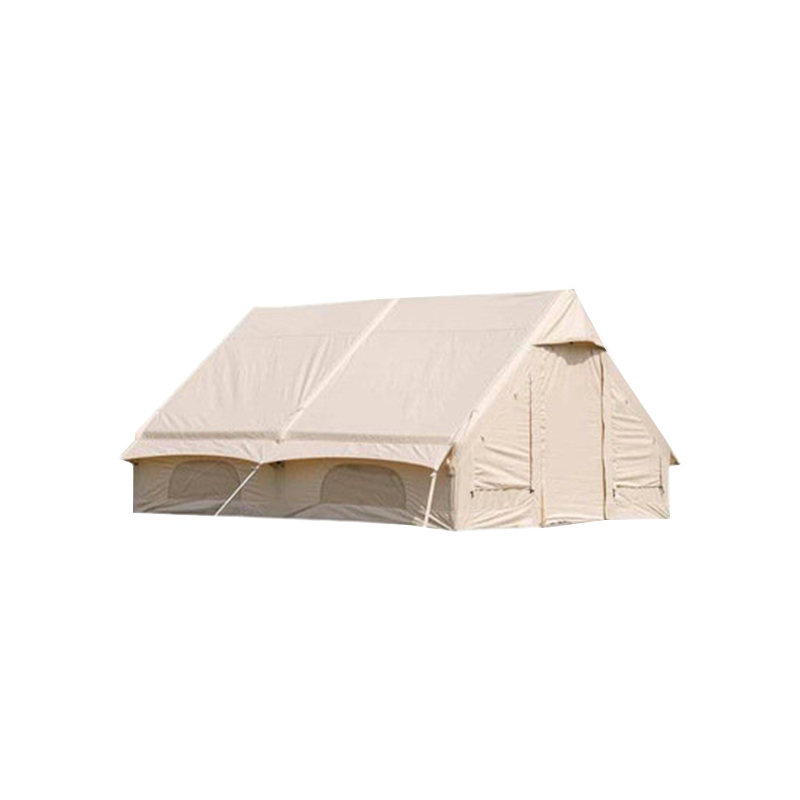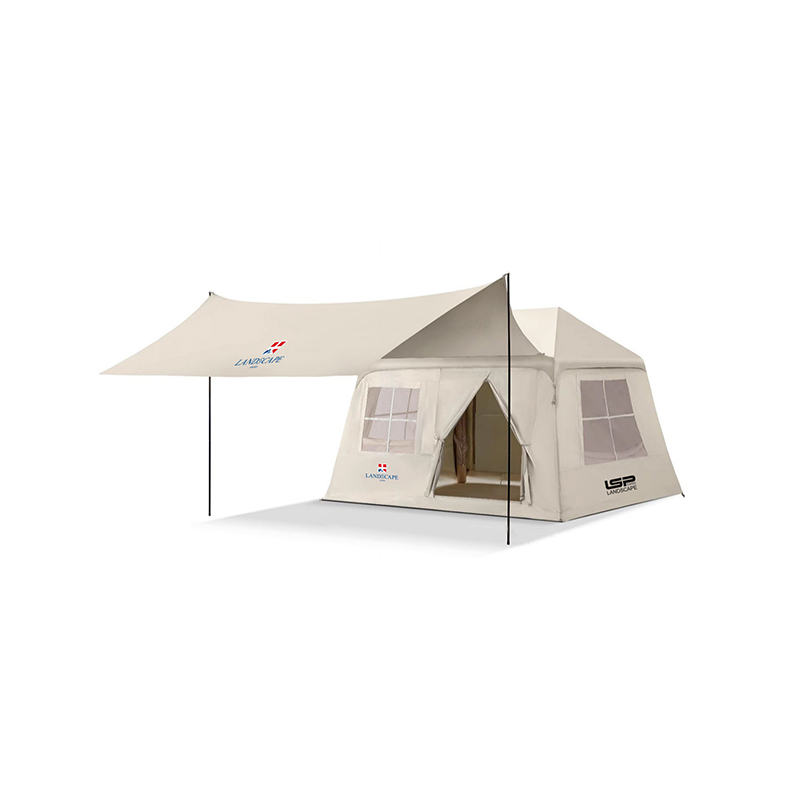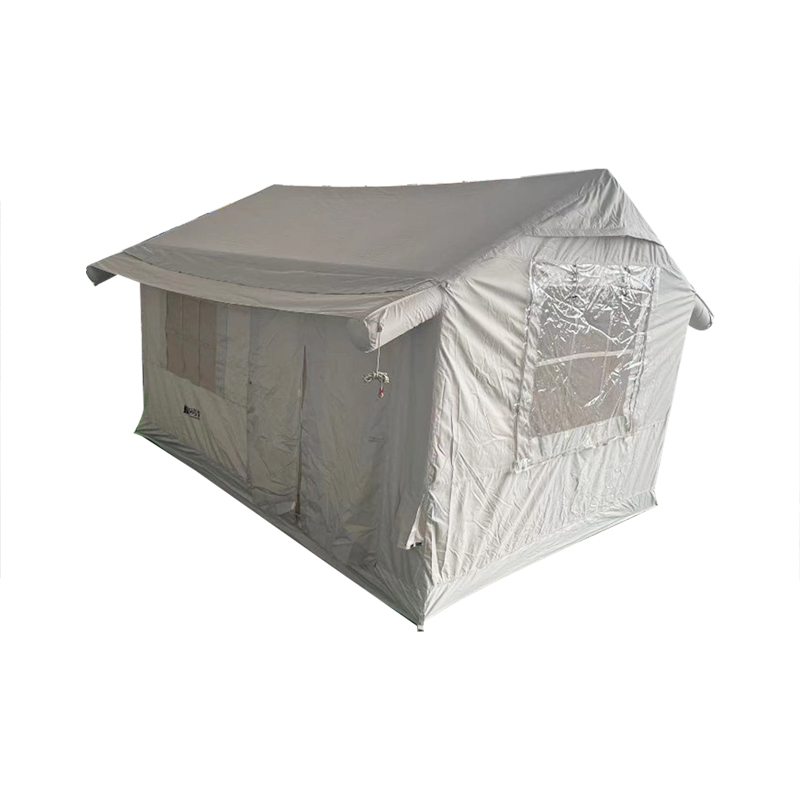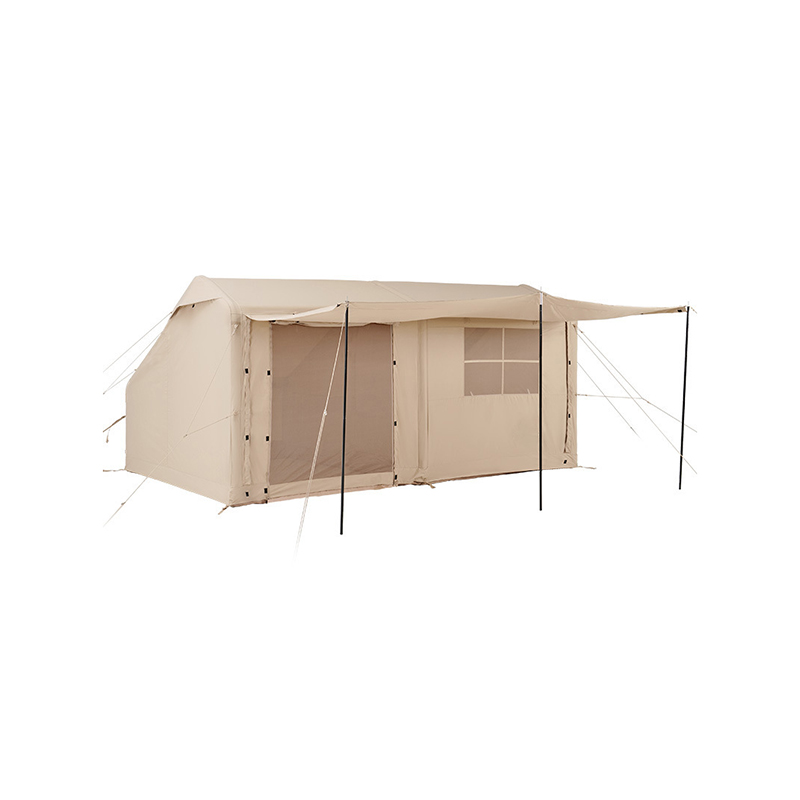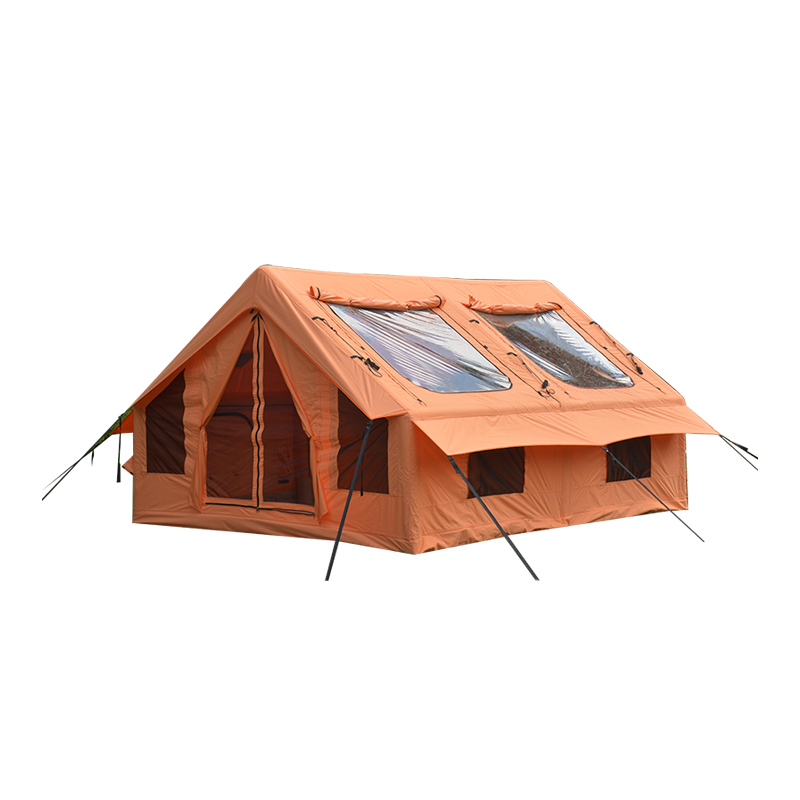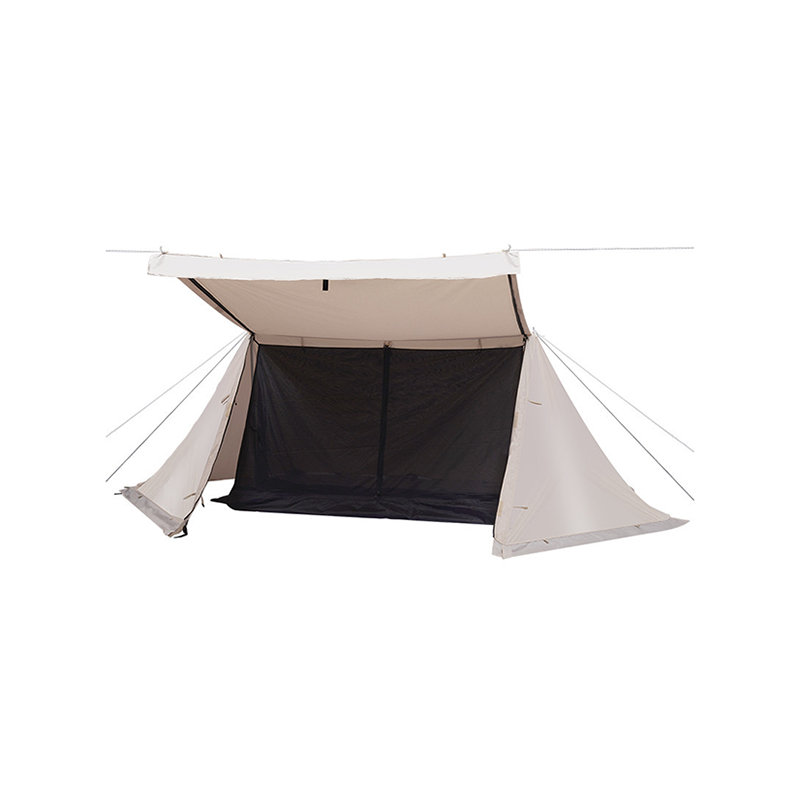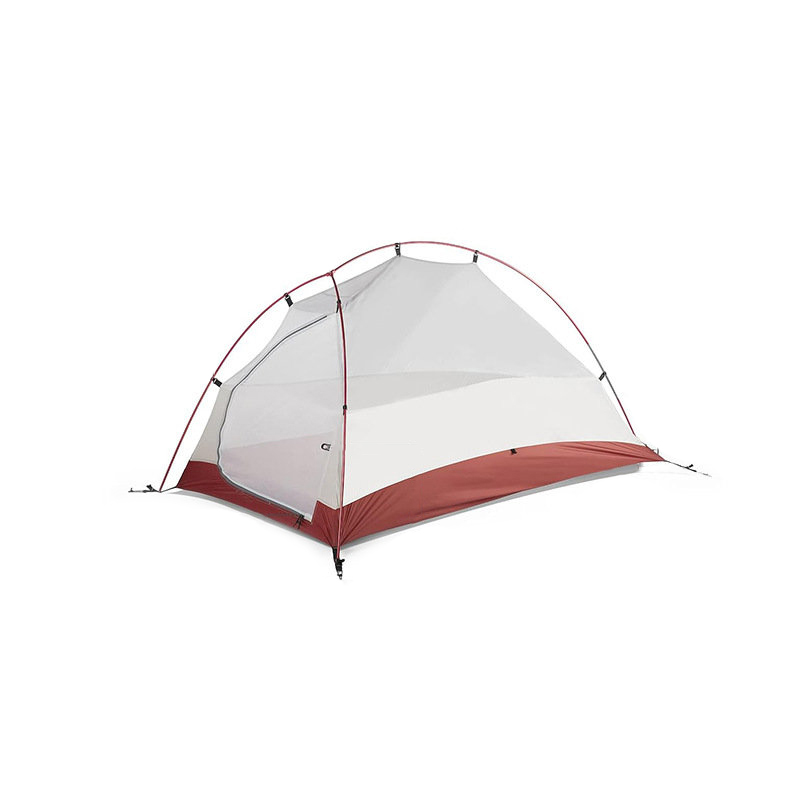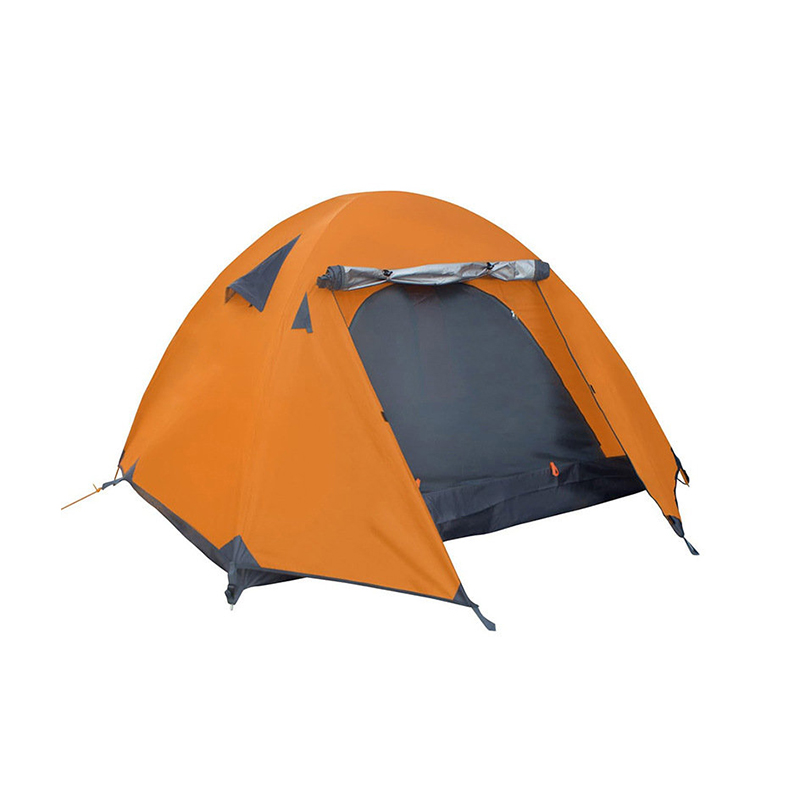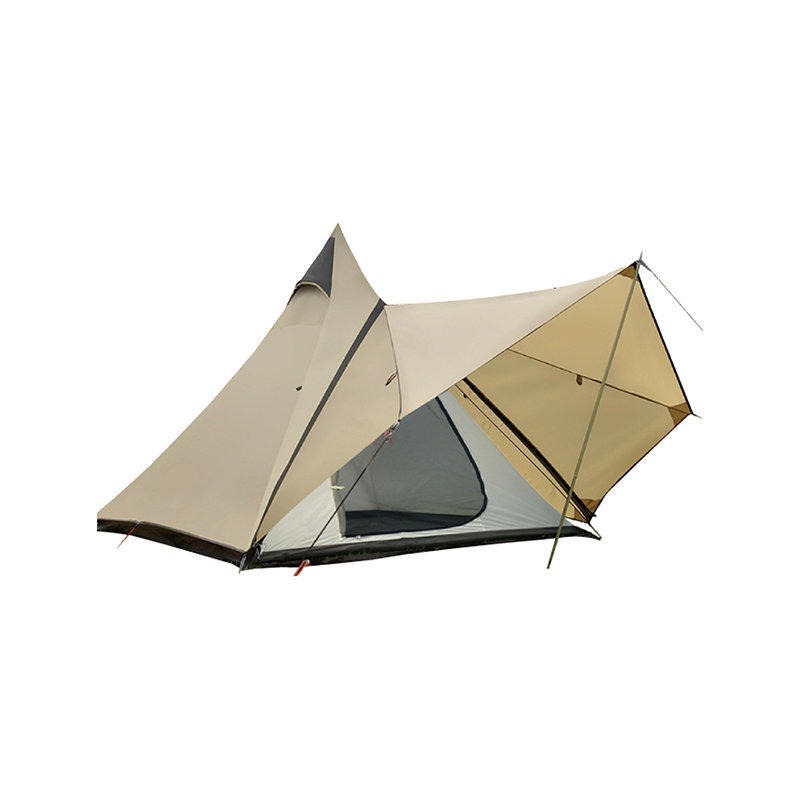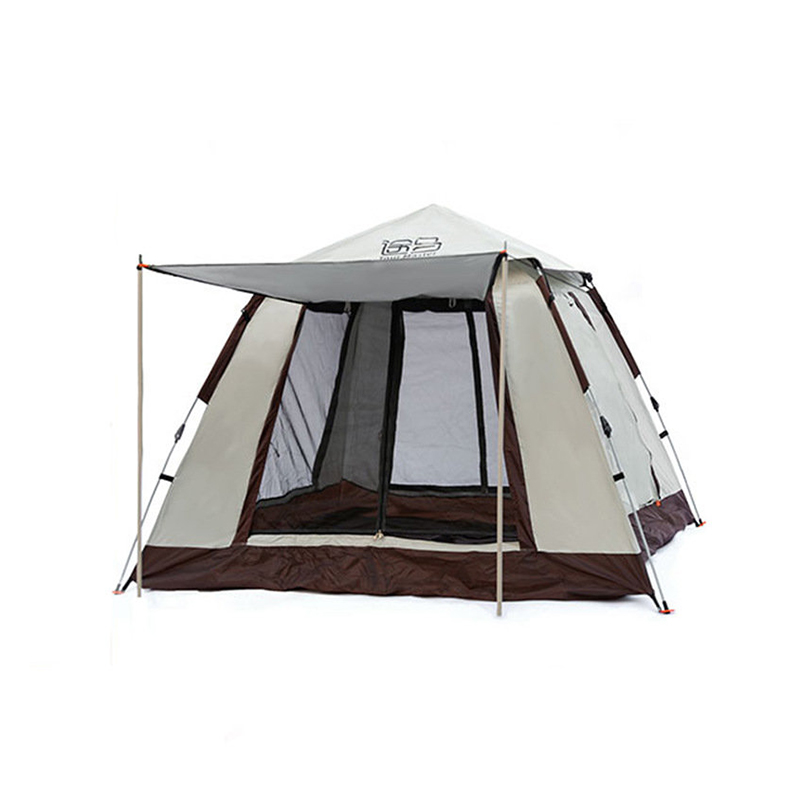The PVC Air Column Inflatable Tent is designed with an air column structure that acts as an insulator between the internal and external environments. The air columns, which are filled with air under pressure, create a multi-layered barrier that significantly slows down heat transfer. This insulation is essential in both extreme heat and cold conditions. In hot climates, the air column helps to maintain a cooler interior by limiting the amount of heat entering the tent, thus reducing the need for air conditioning or other cooling methods. Conversely, in colder weather, the air column helps trap warmth inside the tent, preventing heat loss to the outside, and reducing the need for heating systems. This temperature regulation feature reduces the amount of energy required to maintain a comfortable internal environment, which is particularly beneficial for extended usage, whether for an event or a temporary shelter.
In environments such as events, festivals, or temporary housing, maintaining a consistent internal temperature often requires the use of HVAC systems (heating, ventilation, and air conditioning). However, these systems can be energy-intensive and costly to operate. The PVC Air Column Inflatable Tent helps to reduce the dependence on such systems by providing a built-in, passive insulation layer. The insulation prevents rapid temperature fluctuations inside the tent, ensuring that the need for artificial cooling or heating is minimized. In this way, users can achieve a comfortable environment without constantly running HVAC systems, leading to lower energy consumption and reduced operational costs over time. This passive temperature control is particularly advantageous in temporary setups, where long-term energy use might otherwise become a significant concern.
Another significant benefit of the PVC Air Column Inflatable Tent's insulation properties is the enhanced comfort of its occupants. The regulation of internal temperature ensures that the environment inside the tent remains consistent and comfortable, regardless of external weather conditions. This is especially important in temporary housing applications, where comfort is paramount for the well-being of residents, or during outdoor events, where participant comfort is a priority. By reducing the temperature extremes that typically occur in non-insulated tents or structures, the PVC Air Column Inflatable Tent provides a more pleasant atmosphere for people inside. This improved comfort directly translates to less demand for supplemental cooling or heating, thus reducing overall energy use.
Moisture buildup and condensation are common issues in tents, especially when warm, humid air from inside comes into contact with colder surfaces. This can lead to discomfort, mold, and even equipment damage. The PVC Air Column Inflatable Tent helps to control this by maintaining a stable internal temperature, preventing the drastic temperature shifts that lead to condensation. The insulation within the air column effectively maintains the internal environment at a more consistent temperature, reducing the likelihood of moisture accumulation. In hot and humid climates, this minimizes the need for dehumidifiers, which can be energy-intensive. Similarly, in colder conditions, preventing condensation reduces the potential for frost formation, ensuring a dry and comfortable environment.
When used for long-term temporary housing, such as in disaster relief, emergency shelters, or extended outdoor events, the PVC Air Column Inflatable Tent offers significant energy-saving benefits. Because the air column structure provides ongoing insulation, the need for constant heating or cooling is substantially reduced. This is particularly important in off-grid or remote locations where access to energy may be limited or expensive. The tent’s ability to regulate temperature naturally lowers energy consumption, making it an ideal solution for long-term applications. Over time, these energy savings can add up, contributing to lower operating costs and reducing the overall environmental impact.



 English
English 中文简体
中文简体